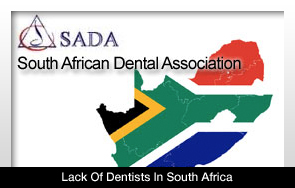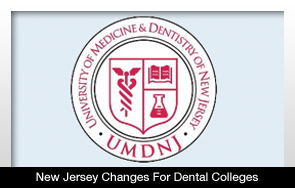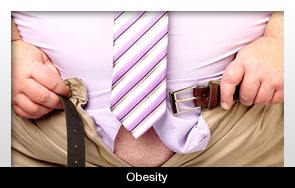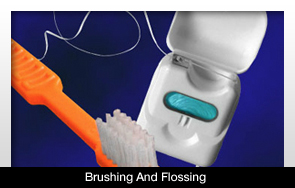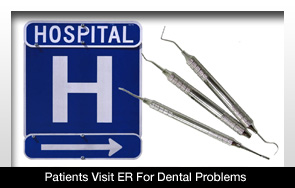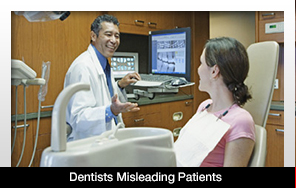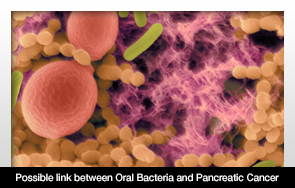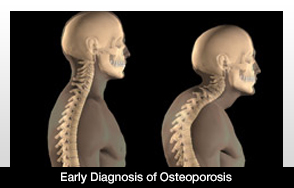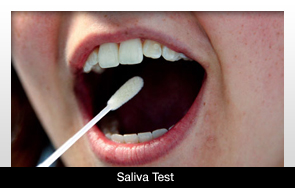Written by Dentistry TodayMonday, 23 January 2012 08:43
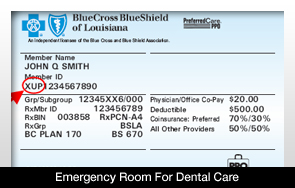
Many Americans are turning to the emergency room for dental care. A lack of dental insurance is the reason.
People without dental insurance are increasingly visiting the emergency room because they don’t have any other options. The issue is not a good one for many local medical services. Since many people don’t have the insurance coverage they once did, this is the result.
Dental care isn’t affordable for many people with low incomes or people who are unemployed. The risk of oral diseases, infections and pain is up dramatically because people don’t receive the regular treatment they had in the past.
The Medicaid provision isn’t very helpful for most people. There are 10 states that don’t even have Medicaid coverage for adults. That’s why many people can’t receive affordable dental care, forcing them to turn to other ways to get the care they need.
Based on this situation, free dental clinics are vital for many people. It’s also the reason the lines and wait times are so long when these events take place. The weather conditions don’t deter these people from waiting for the dental clinics because their care is so urgent.
This problem will likely only get worse in the future.
